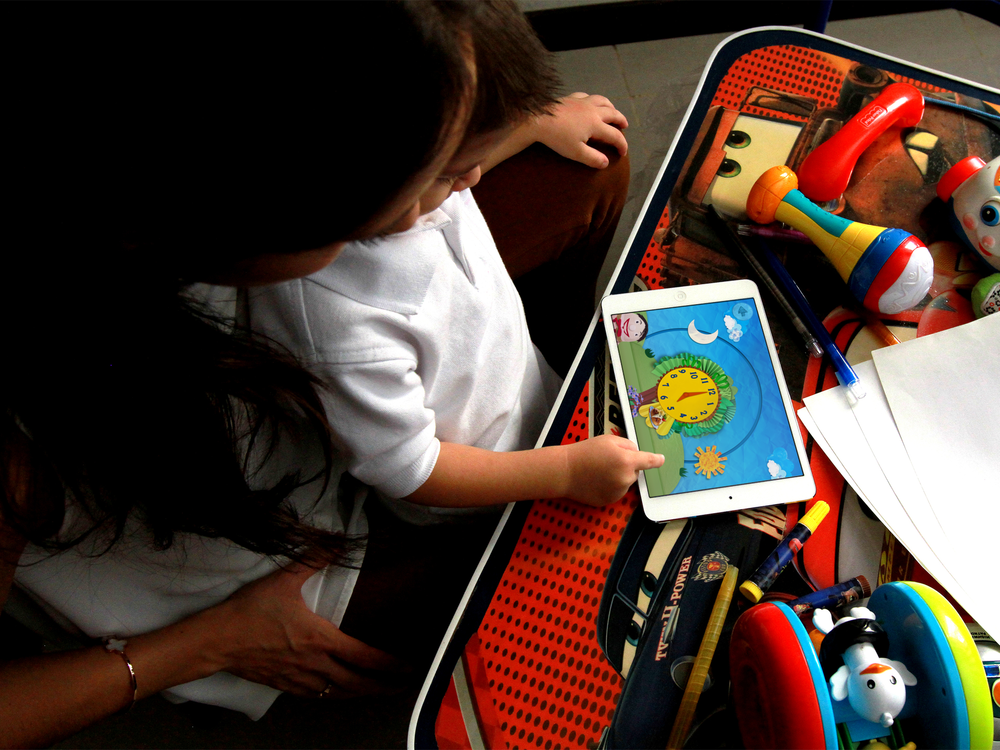Recently the Secret Lab was connected to the National Broadband Network (NBN). For our overseas readers, or those not following along in Australia, the NBN is an Australia-wide project to upgrade our telecommunications infrastructure. The NBN originally planned to offer fibre-to-the-premises (FTTP) to the majority of Australians, and fixed wireless and satellite connections to rural areas; when the federal government changed in September, as part of the new government policy a review into the possibility of changing from FTTP to fibre-to-the-node (FTTN) and other technologies commenced. That review is still ongoing. Either way, our office is now connected to FTTP, at the speeds of 100 Mbit/s down, and 40 Mbit/s up – a big step up from our previous ADSL2 connection, which maxed out at 23 Mbit/s down, and 0.9 Mbit/s up (we had basically the best ADSL2 connection you could get in Australia). NBN is one of the most transformative, impactful things that could have happened to us. Here's why.
We're, primarily, a game development studio, and we also teach iOS development. We build games for iPads, iPhones, Androids, Macs, and PCs. Games require lots, and lots, and lots of large asset files, sound files, music files, and the like. Most of the games we build are for clients. We also write training material, and create large instructional videos. This means, on a daily basis, we have to upload and download a lot of data around just to get anything done – often we need to upload between 3 GB and 30 GB in a day; this was impossible with ADSL2.
What did we do? We sent hard drives, or USB flash drives, through the postal service, or we left uploads running overnight in the faint hope that they'd successfully complete while we slept; worse still, and most deleterious to a small business – we resorted to expensive Telstra 4G LTE, which can upload between 5 Mbit/s and 10 Mbit/s at a cost of ~$50 AUD per 4 GB or so, so our upload went up relatively quickly but cost a fortune in doing so.
This was not sustainable. We can't run a game development studio for very long like that, as it's simply too stressful/expensive/time consuming/unproductive. Until the NBN came along, our only other options for a useful connection – primarily for uploading – were expensive HFC cables (if it was even available where our office is, which is debatable), expensive high-latency satellite options, or expensive and complicated bonded solutions (routing multiple connections together into a single connection). If we wanted to remain competitive, keep our working capital healthy, and keep our internal IT maintenance administrative requirements low (our IT requirements consist of one of us rebooting the router as needed!), then none of these options were suitable.
The NBN gives us a speedy 100 Mbit/s down, and an absolutely vital 40 Mbit/s up, and it gives it to us at a price equivalent to what we'd pay for a copper-based and all-but-useless for uploading ADSL2 connection. We can upload amounts of data that would have previously taken overnight, if we could do it at all, or required us to spend ridiculous amounts of money using 4G LTE technology, instead of resorting to the postal service and hard disk drive. We can move faster than we could before, since when one of us is using Skype to talk to a client we don't have to pause all our downloads and uploads, and stop checking code into source control since – thanks to having a 100/40 connection at our disposal – Skype no longer breaks down if something else is happening on the network. We don't have to raise our prices, since our broadband connection is both usable and cost friendly to a small business, and we no longer have to pay for extras such as hard drives to post, or Telstra 4G. Best of all, we no longer have to even consider leaving Tasmania – a beautiful place to live and work – solely because we couldn't get the connectivity we would have needed to make our business more effective, sustainable, and better equipped to make new games and software.







